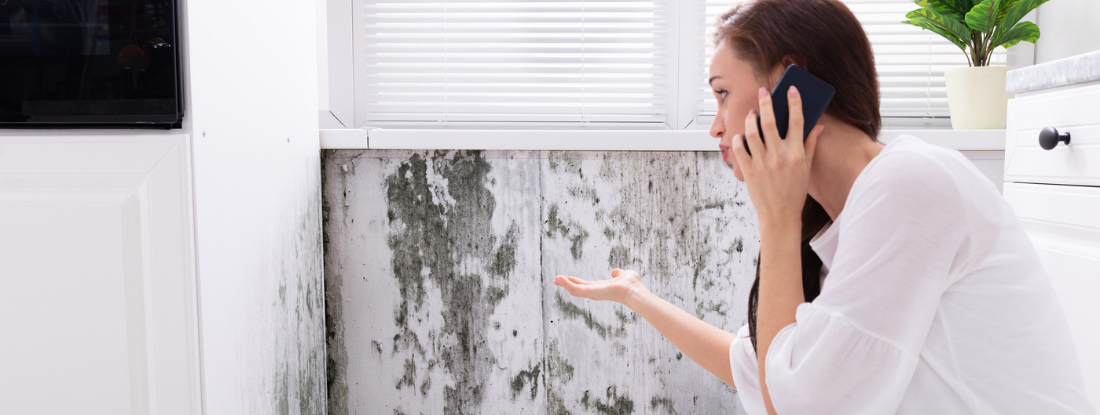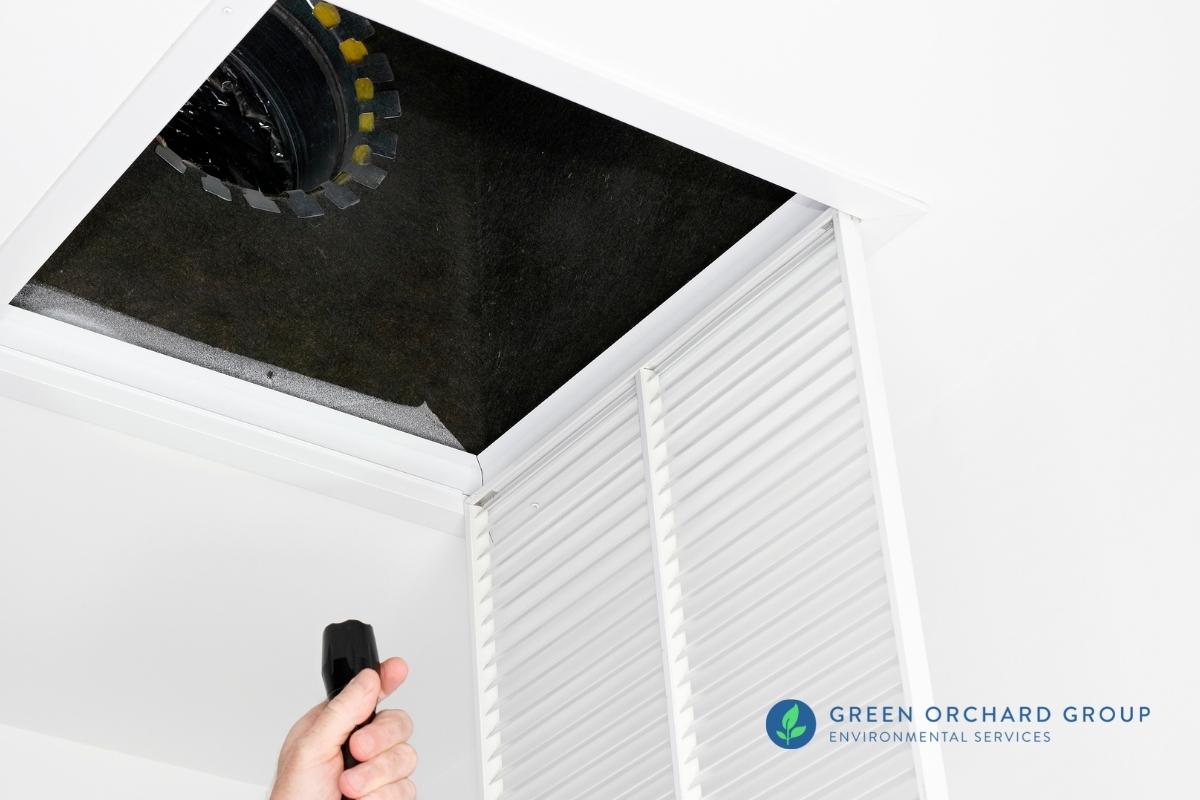Making Certain Post Remediation Verification Precision
Making Certain Post Remediation Verification Precision
Blog Article
Your Ultimate Overview to Article Mold And Mildew Removal Techniques
In the aftermath of mold problem, recognizing how to properly eradicate the mold and stop its reoccurrence is paramount for maintaining a healthy and balanced interior environment. From selecting the appropriate cleansing and sanitizing approaches to executing methods for long-lasting mold prevention, each step in the removal trip plays an essential role in ensuring a successful end result.
Recognizing Post-Mold Remediation Process
After finishing the mold removal procedure, it is critical to understand the post-mold removal strategies that are necessary to guarantee a efficient and thorough cleanup. When the mold has actually been removed, the next step involves cleaning and disinfecting the affected areas to stop any type of regrowth of mold. This includes making use of specialized cleansing representatives to wipe down surface areas and kill any type of continuing to be mold and mildew spores. It is vital to dry out the area completely to discourage the growth of mold and mildew in the future (After mold remediation). Correct ventilation and dehumidification can help in this procedure.
Furthermore, performing a final evaluation post-remediation is vital to ensure that all mold and mildew has been effectively eradicated. This assessment should include an extensive aesthetic check as well as potentially air tasting to validate the lack of mold spores in the air. If the assessment discloses any remaining mold and mildew, added remediation may be necessary. Informing occupants on preventive steps such as controlling moisture degrees and promptly dealing with any type of water leaks can aid preserve a mold-free environment.
Effective Cleaning and Disinfecting Approaches

Avoiding Future Mold Development

Significance of Proper Ventilation
Appropriate air flow plays an essential role in protecting additional info against wetness buildup, a crucial aspect in mold development within indoor atmospheres. Reliable ventilation systems aid eliminate excess moisture from the air, minimizing the chances of mold and mildew spores discovering the wetness they require to spread out and germinate. Without appropriate ventilation, indoor rooms can end mold removal spray drywall up being a reproduction ground for mold, leading to prospective wellness risks and structural damages.
By making certain appropriate air blood circulation, ventilation systems can likewise help in drying wet areas quicker after water damages or flooding cases, even more hindering mold growth. Post remediation mold testing near me. In areas like washrooms, kitchens, basements, and attic rooms where dampness degrees often tend to be higher, setting up and preserving reliable air flow systems is essential in preventing mold and mildew problems

Tracking and Maintenance Tips
Offered the important duty that correct ventilation plays in avoiding mold growth, it is essential to develop efficient tracking and maintenance ideas to ensure the ongoing performance of ventilation systems. Surveillance moisture degrees within the residential or commercial property is also critical, as high moisture can add to mold growth. By remaining proactive and mindful to the condition of air flow systems, residential or commercial property proprietors can effectively alleviate the danger of mold and mildew regrowth and maintain a healthy interior environment.
Verdict
Finally, post-mold remediation methods are crucial for guaranteeing a secure and tidy environment. Comprehending the process, carrying out efficient cleaning and decontaminating methods, protecting against future mold growth, maintaining correct air flow, and normal surveillance are all critical action in the remediation process. By following these standards, you can effectively get rid of mold and mildew and stop its return, advertising a healthy living or working space for all residents.
In the results of mold and mildew infestation, recognizing just how to effectively get rid of the mold and mildew and avoid its reoccurrence is vital for preserving a healthy and balanced interior environment. When the mold has been eliminated, the following action involves cleaning and decontaminating the influenced areas to protect against any type of regrowth of mold and mildew - After mold remediation. After removing visible mold growth, it is crucial to cleanse all surfaces in the affected location to remove any staying mold spores. To better improve mold and mildew avoidance measures, it is vital to resolve underlying problems that originally led to mold and mildew growth.Offered the vital role that appropriate ventilation plays in protecting against mold and mildew development, it is essential to establish reliable tracking and upkeep pointers to guarantee the continued capability of ventilation systems
Report this page